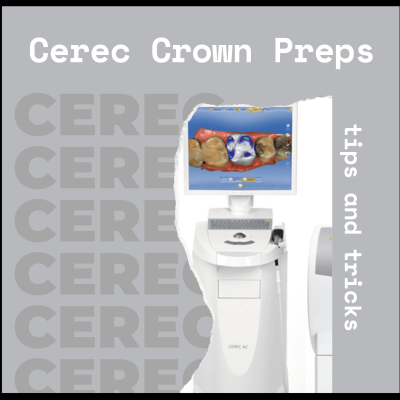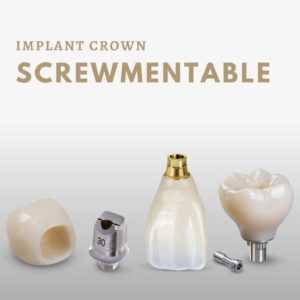Are you working with CAD/CAM but finding it difficult to get that perfect prep?!

The first step in a successful CEREC crown preparation is adequate occlusal reduction to ensure strength of the restoration. At least 1mm axial wall thickness, at least 1.5mm under a cusp (anterior), at least 2.0mm (posterior), and a minimum thickness of 1.5-2.0mm in a fissure/central groove. When prepping the occlusal surface an 811 barrel bur can be used and then use an egg/football diamond bur to smooth and round all angles. Prepping a relatively flat occlusal table minimizes overmilling, which is when excess ceramic is removed during milling to allow the restoration to seat. A great way to check occlusal reduction is by using the smaller end of a #27/30 ball burnisher while the patient is in centric occlusion, it should slide through passively.

Another important principle is well defined, well isolated, smooth margins/contours and rounded internal line angles.
A 847RF-018-FG red, fine diamond bur can be used circumferentially for buccal, lingual and axial reduction as well as prep of the margin. However, if you prefer a thicker bur for buccal and lingual reduction to create a smoother margin try a 856-018 red, fine diamond bur. Fine grit diamond burs are recommended when prepping because it creates a smoother finish, so if you prefer to prep with coarse grit burs, make sure you are refining your preps with a fine diamond to ensure smooth flowing margins and contours to your prep.

Stay tuned for more CAD/CAM tips!





